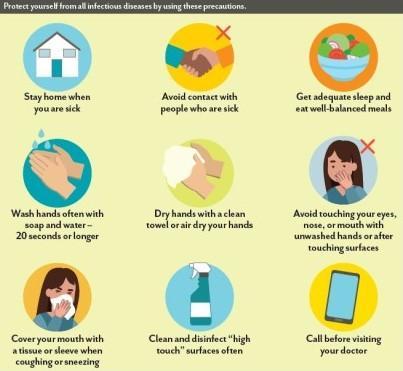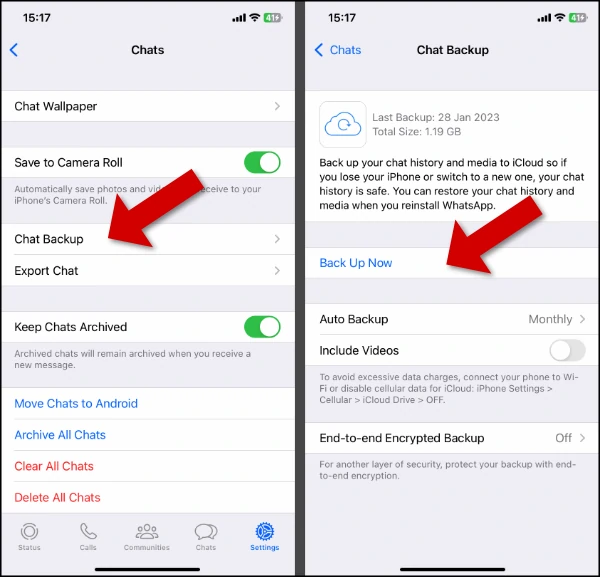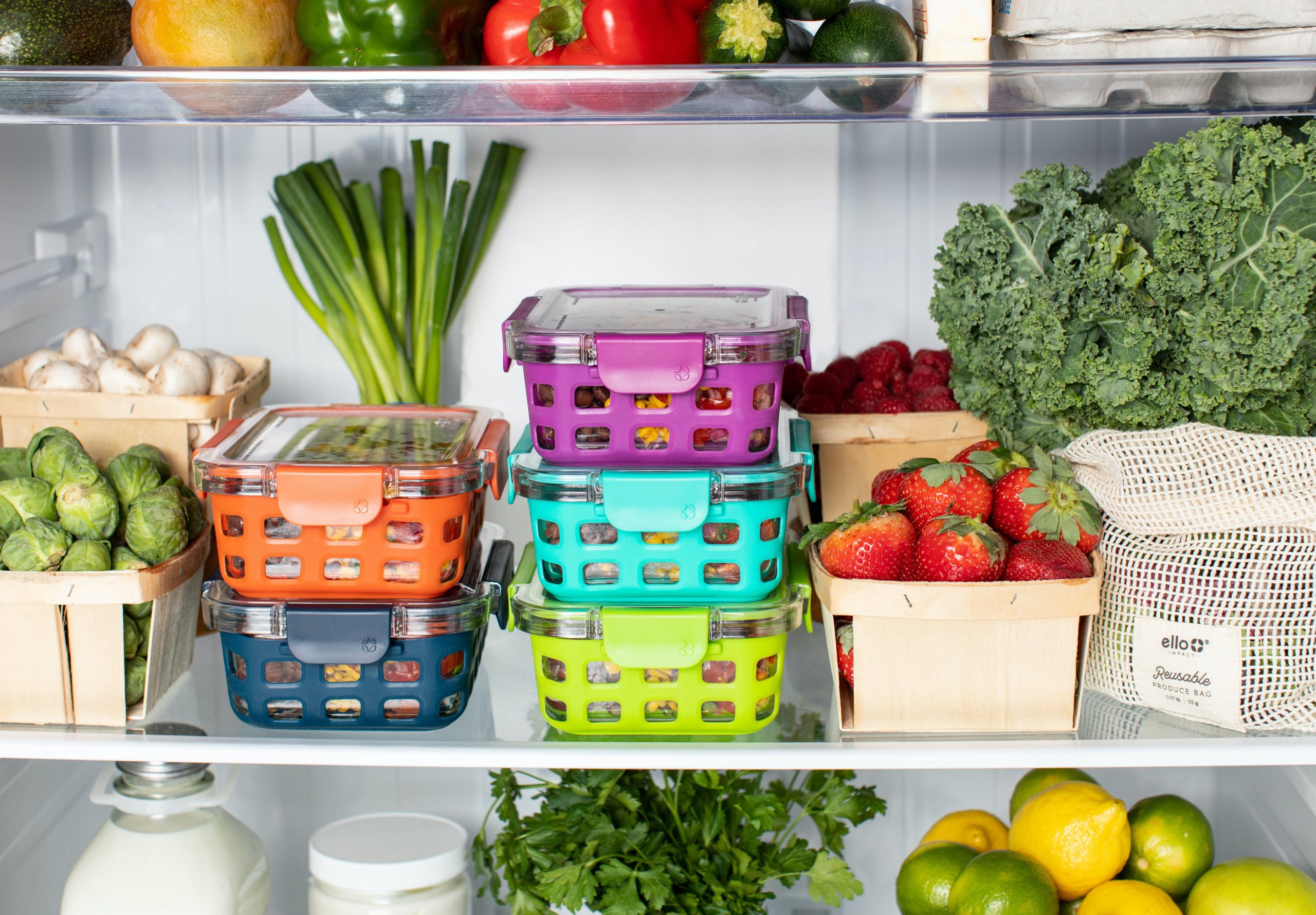A hug might seem like a small gesture, but research shows it has big benefits for our health and well-being. Science confirms that hugging goes beyond just showing affection—it actually improves both our body and mind.
1. Hugs Reduce Stress
Studies show that hugging triggers the release of oxytocin (also called the “love hormone”), which helps reduce stress and anxiety. It also lowers cortisol levels, the body’s stress hormone.
2. Boosts Immunity
According to research from Carnegie Mellon University, people who received more hugs were less likely to get sick, even when exposed to cold viruses. Hugs may strengthen your immune system by reducing stress and promoting relaxation.
3. Improves Heart Health
Hugging has been linked to lower blood pressure and a slower heart rate, which helps protect your heart. Physical touch creates a calming effect that supports cardiovascular health.
4. Strengthens Relationships
Hugging improves bonding and trust between people. It makes both partners or friends feel secure, supported, and emotionally connected.
5. Improves Mood
Even a quick hug can lift your spirits. Hugs increase levels of serotonin and dopamine—“feel-good” chemicals in the brain—which help fight loneliness and sadness.
6. Helps With Conflict Resolution
Interestingly, one study found that people who received a hug after a conflict felt better and were more likely to resolve the issue calmly.
Final Thought:
Science proves what we already feel—hugs are healing. They’re free, simple, and powerful. Next time you’re feeling stressed, down, or even happy, share a hug—it’s one of the easiest ways to boost your health and happiness.









